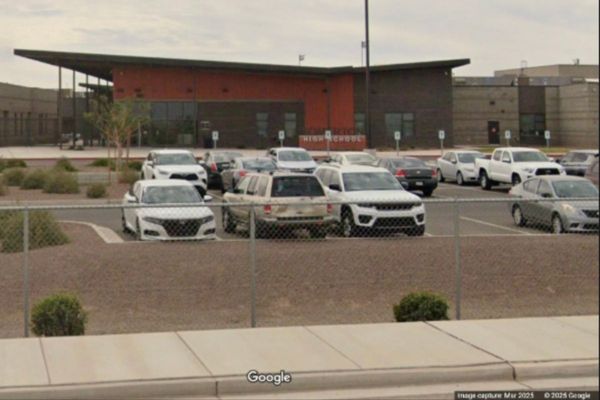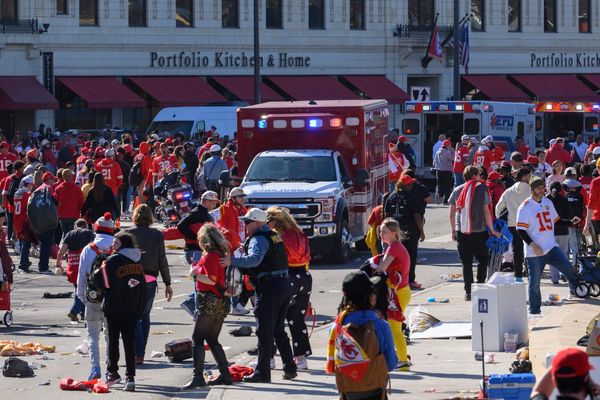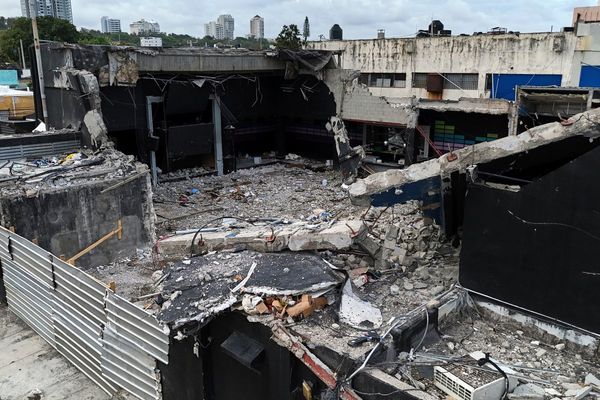High Speed 2 (HS2) is expected to be given the green light today by Boris Johnson, despite concerns about rising costs.
The prime minister will set out his response to the Oakervee Review in an announcement to parliament and is expected to give his final approval to the first stretch, linking London to Birmingham.
Here are the key questions and answers around the project.
What is HS2 (and for that matter, what is HS1)?
High Speed 1 is the 68-mile fast railway line from London St Pancras to the Channel Tunnel at Folkestone in Kent, which opened in 2008.
High Speed 2 is a much more ambitious rail project, involving 345 miles of new high-speed track.
Phase one involves building a line from London Euston via Old Oak Common in west London via Birmingham Interchange (near Solihull and the airport) to Curzon Street station in central Birmingham. The latest proposal is to add an extension northwest to Crewe to the first stage, allowing Liverpool and Glasgow to be served by high-speed trains from the outset.
The second part of the project is a Y-shaped extension with one branch going to Manchester (via Manchester airport) and the other to Leeds via an “East Midlands hub”. The latter branch will also serve Sheffield and provide connections to the existing East Coast main line to York and Newcastle.
HS2 was announced by Labour’s last transport secretary, Lord Adonis, in 2009, and has been supported by the main political parties ever since.
Why is it needed?
When the plan was first unveiled, the arguments were focused on cutting journey times. But the real reason is to provide much-needed extra capacity. The existing West Coast main line is the busiest inter-city route in Europe, handling a mix of Avanti express services, commuter trains and freight. There is no room for expansion, and the system has little resilience.
By removing the express passenger trains to the West Midlands, northwest England and Scotland, pressure on the existing West Coast line will be relieved – allowing services between towns and cities such as Milton Keynes, Rugby and Coventry to be improved.
The East Coast main line will also be freed up with express trains to York and Newcastle routed via HS2, providing more capacity between Hull, Doncaster, Peterborough and London.
How fast will trains go – and how much quicker will journeys be?
The maximum speed is expected to be 225mph (360 km/h), which is 100mph more than the current top speed on the East and West Coast main lines.
Journey times from London to Birmingham, Manchester and Leeds will be almost halved, while links north from Birmingham will save a greater proportion of time due to poorer links at present.
Trains between London and Scotland will be about an hour faster.
These are the key target times published by HS2, compared with actual fastest times for corresponding journeys today:
London-Birmingham: 45 minutes (81 minutes)
London-Manchester: 67 minutes (125 minutes)
London-Leeds: 81 minutes (133 minutes)
Birmingham-Manchester: 40 minutes (87 minutes)
Birmingham-Leeds: 46 minutes (117 minutes)
When will it be ready?
Phase one was due to be open in 2026. But in 2016, the National Audit Office reported that the planned opening date was at risk, noting that HS2 Ltd had missed one third of its own planning and development milestones.
The current expectation is for a token service of three trains an hour between Old Oak Common and Birmingham Curzon Street starting some time between 2029 and 2033, with 10 trains an hour from Euston between 2031 and 2036. That assumes that work begins by March 2020.
The complete HS2 network is unlikely to be ready until 2040.
How many people will use it?
HS2 is predicted to carry 100 million passenger a year when it is completed – though the Stop HS2 pressure group says: “Passenger forecasts have simply been invented for no other purpose than to try and justify the building of HS2, with it being suggested that HS2 would carry more passengers than all current inter-city services on the East Coast, West Coast and Midland main lines combined, despite the fact that HS2 would stop at far fewer stations.”
How much will it cost to build?
Who knows? Around £9bn has been spent on preparation work. Currently £56 billion (in 2015 prices) is allocated to the project, but the Department for Transport (DfT) now estimates the final bill will be between £65 billion and £88 billion. One scenario suggests that the final cost could be as high as £106bn – 89 per cent higher than originally planned.
How much will tickets cost?
There is likely to be a premium of between 20 and 33 per cent for using the fast service. That would in theory push the cost of a London-Manchester Anytime ticket from £180 to £240 at 2020 prices, which works out at 6p per second. But at the same time as HS2 is being built, the government has pledged to carry out fare reform.
Who’s against HS2?
The project has many opponents, starting with those who reside near the planned line and say their lives will be blighted.
Environmentalists say the proposed line jeopardises 693 classified local wildlife sites, 21 designated local nature reserves, 33 sites of special scientific interest, five wildlife refuges of international importance and 108 ancient woodlands. The Green Party calls it “an act of ecocide”.
Opposition is being coordinated by the Stop HS2 group, which says: “Far from being a magic wand to cure the North-South divide, HS2 would simply reinforce the economic dominance of London.
“HS2 is forecast to be a net carbon contributor 120 years into the future, according to the official forecasts from HS2 Ltd themselves.
“Far from being intended to take flights out of the air, HS2 is being actively lobbied for by at least four major airports which see it as essential to their expansion plans.”
Some supporters of the basic premise argue that the plans have been badly thought through. They point out that Birmingham already has three disconnected city-centre railway stations – New Street, Snow Hill or Moor Street stations – and that Curzon Street will add a fourth, with no easy connections to existing train services.
The London terminus is half a mile from London St Pancras – terminus for Eurostar to Paris, Brussels and Amsterdam as well as an important hub for trains to southeast England. That does not provide a good connection.
HS2 does not serve London Heathrow, the busiest airport in Britain, and even though it cuts beneath East Midlands airport there is no station to link with it.
Could plans change?
Certainly, in two main ways. The project could be “descoped”, reducing cost by downgrading the specification. For example if the present 18 trains per hour target is reduced to 14, billions could be saved.
The second phase of the project also has scope for savings, for example by relying more on existing lines rather than new tracks. But that would be strongly opposed by proponents in the Midlands and North of England who say that brand new infrastructure is needed.
Is HS2 the right solution to mid-21st century mobility?
No one knows for sure. Sir Richard Branson and Elon Musk are working on competing Hyperloop systems, in which pods are propelled through vacuum tubes at up to 600mph.
Others say that a revolution in autonomous vehicles will allow far more capacity and speed to be extracted from the UK’s existing motorway network.
But at present the UK is lagging way behind France, Germany, Spain and Italy in its rail network, and HS2 is one way to start catching up. One reason Avanti (a consortium involving the Italian state railway) was given the West Coast main line franchise was because of its expertise in running high-speed trains.







